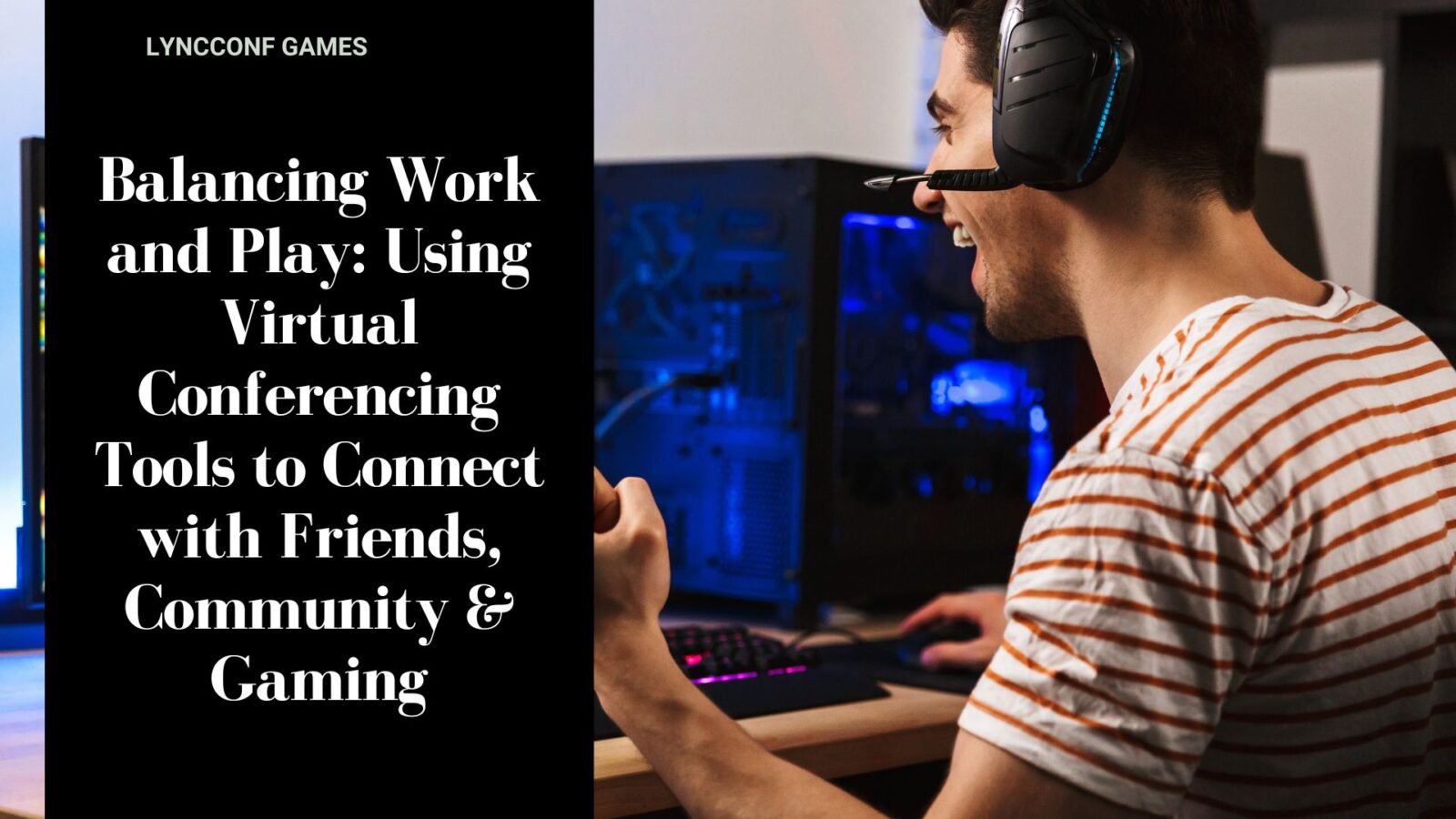
In today’s world, digital platforms are reshaping how people interact, collaborate, and unwind. Virtual conferencing tools, once viewed mainly as business solutions, now serve multiple purposes beyond office work.
They provide a bridge between professional tasks and personal interests, offering a way to connect with friends, communities, and even gaming networks. This balance between work and play is becoming more important, especially for people looking to maintain productivity without giving up on social or recreational experiences.
Table of Contents
ToggleShifting Roles of Virtual Conferencing Tools
Initially, conferencing tools were designed to streamline corporate meetings. Applications like Zoom, Microsoft Teams, and Google Meet became staples for remote workers. Over time, these platforms evolved to fit different lifestyles.
Friends began using them for weekend chats, families used them for birthdays, and online communities relied on them for workshops or discussions. Their functionality makes them flexible enough to fit both professional and personal needs.
The growth of gaming communities highlights this shift. Gamers who used to rely solely on platforms like Discord or in-game voice chats now often integrate conferencing tools to coordinate, strategize, and build stronger connections. This blurring of professional and personal use illustrates how digital tools adapt to diverse contexts.
Enhancing Social Connections Online
Maintaining close ties with friends and communities requires more than quick messages. Virtual conferencing provides face-to-face interaction, which helps strengthen bonds even when physical meetings aren’t possible. People can organize virtual dinners, quiz nights, or collaborative projects with ease.
Communities also benefit from this accessibility. Nonprofits, interest groups, and hobby-based collectives use video tools to host webinars or community gatherings. The ability to see and hear one another fosters a sense of trust and belonging, essential elements in sustaining long-term engagement.
Virtual Conferencing in Gaming Networks
The gaming industry has always been about interaction. Multiplayer titles depend on teamwork, coordination, and strategy. Video conferencing tools enhance this by offering clearer communication than standard in-game chat systems. Players can share screens to demonstrate tactics, review match replays, or even create dedicated events around competitive gaming.
For casual players, these tools add another layer of fun. Friends spread across different cities can still gather virtually to enjoy cooperative gameplay. The mix of video and gaming gives these sessions a more personal feel, almost like being in the same room together.
Balancing Productivity and Relaxation
One of the most significant advantages of virtual conferencing is the ability to transition smoothly between professional and personal activities. A person can finish a work meeting and, with just a few clicks, switch to a social catch-up or a community gaming session. This versatility helps maintain mental balance.
It also supports time management. Instead of traveling between locations, people save time by managing everything in one platform. This creates more opportunities for relaxation, reducing the stress of balancing busy schedules.
A Look at Safety and Responsible Exploration
With digital platforms expanding into multiple areas of life, safety and reliability become important considerations. For Finnish readers, or anyone interested in secure online environments, virtual conferencing overlaps with other digital spaces, including online gaming and casino platforms. Exploring these areas safely requires careful selection of trustworthy services.
This is where resources like kasinoranking.com come into play. The platform offers reliable reviews and guides to ensure players make informed choices. For users in Finland, it’s an example of how to responsibly explore online options while avoiding potential risks. Just as people rely on conferencing tools that prioritize security, choosing well-reviewed platforms for leisure activities creates a safer digital experience overall.
Building Community Around Shared Interests
Another strength of virtual conferencing is its ability to unite people around common passions. Book clubs, language exchanges, esports teams, and professional networks all thrive in digital spaces. These gatherings provide a sense of routine and shared purpose, keeping individuals engaged and motivated.

Gaming groups, in particular, demonstrate how entertainment and community overlap. Beyond casual play, communities often use these tools to host tournaments, charity streams, or collaborative content creation. By mixing structured events with informal hangouts, they create sustainable ecosystems where both newcomers and experienced members feel welcome.
The Future of Virtual Interaction
As technology advances, conferencing platforms are likely to include more immersive features. Virtual reality meetings, AI-driven transcription, and interactive integrations with gaming or productivity tools are on the horizon. This will further blend work, community, and recreation into unified digital experiences.
For individuals, the challenge lies in managing balance. The availability of constant online interaction can blur boundaries, so intentional choices about when to work, relax, or socialize become essential. When used thoughtfully, these tools enhance both productivity and enjoyment, supporting healthier digital lifestyles.






